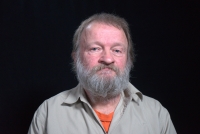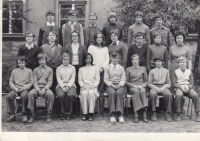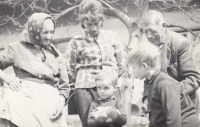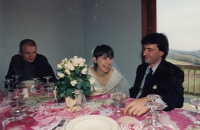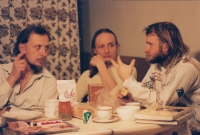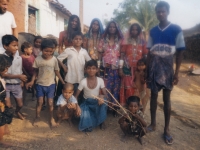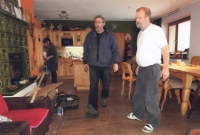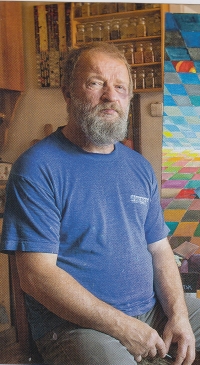I almost got stuck in those frozen mountains near the Austrian border
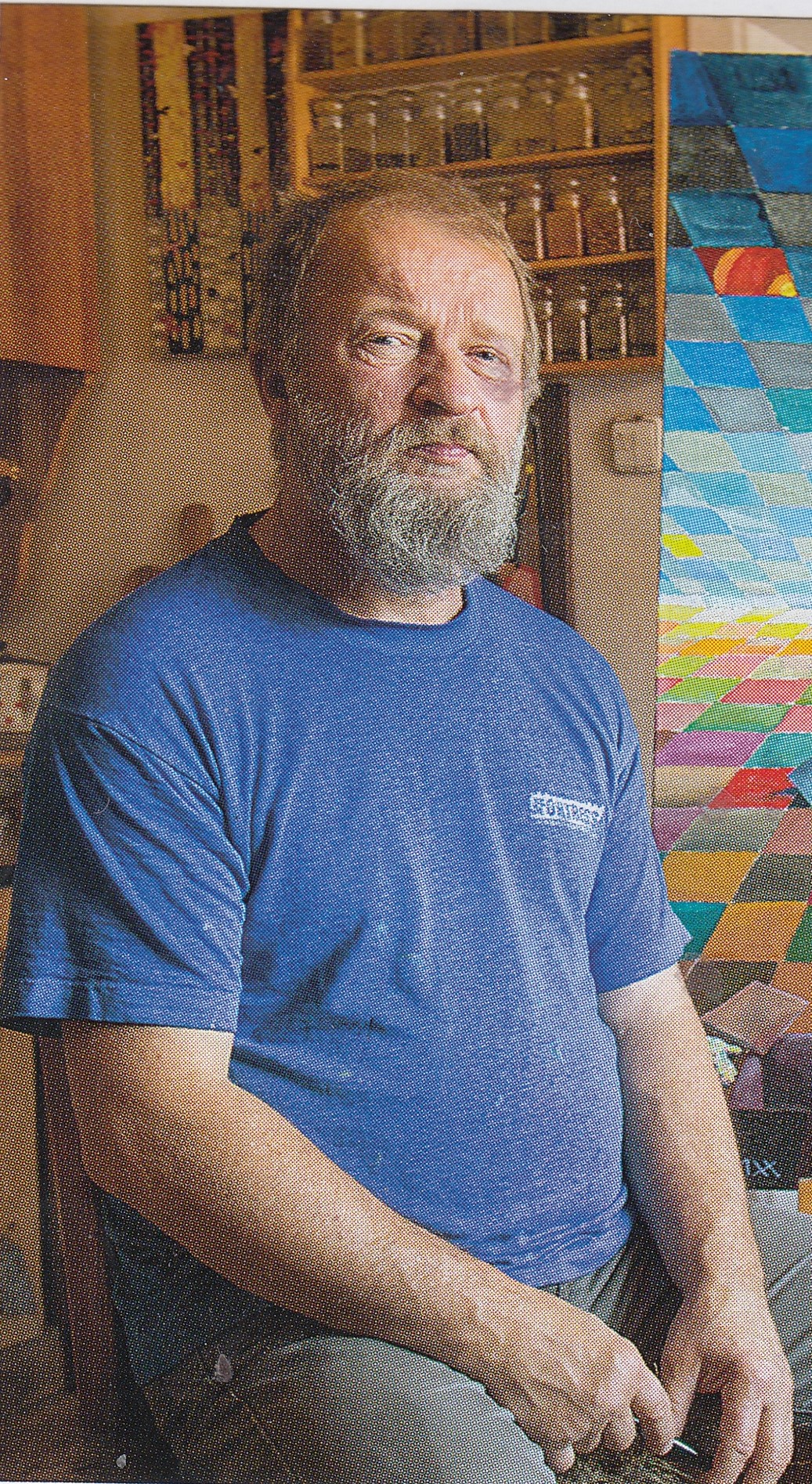
Stáhnout obrázek
Roman Bartoš was born on 24 November 1960 and grew up with his parents in a hospital for the visually impaired in the village of Nové Zámky near Hostinné. He first attended the grammar school in Dvůr Králové nad Labem but successfully completed the Secondary School of Arts and Crafts in Prague, where he studied furniture design and production. He connected his entire working life with the craft of joinery. After unsuccessful entrance exams to the studio of furniture and interior design at VŠUP, he was admitted to the Czech Technical University. However, he failed to pass the demanding mathematics exams and dropped out during his first year of studies. This was followed by military service with the radio operators in Horažďovice and Písek, and then in 1984, a dramatic emigration over the mountains from Yugoslavia to Austria. He was granted asylum in the United States of America in Idaho and New York. After temporary jobs, he returned to his trade as a carpenter. After seven years of intensive work, he managed to save up for his own workshop. In the early 1990s, he embarked on a journey that took him to various countries and continents. He visited Czechoslovakia and gradually moved back here. He settled again near Hostinné, where he continued to run a joinery workshop. He focused on free work and painting and created spatial objects and sculptures from wood.
